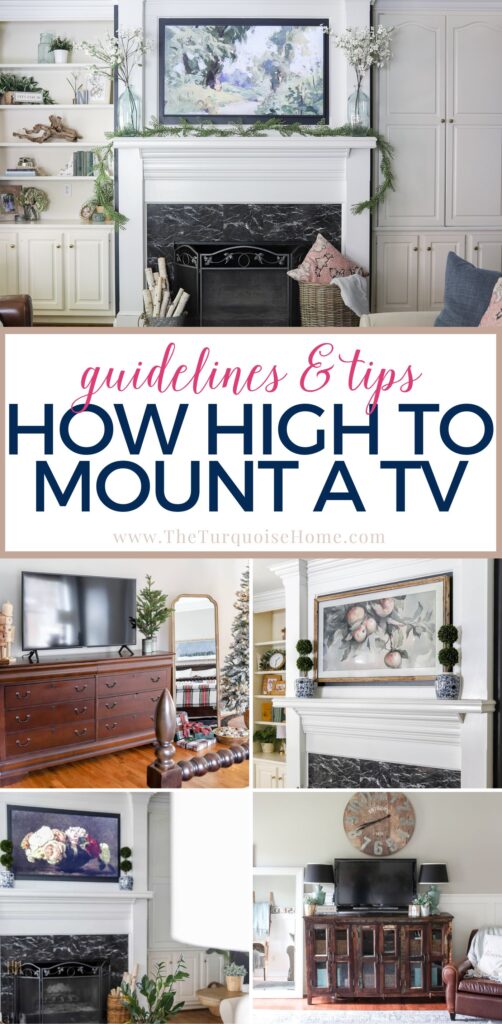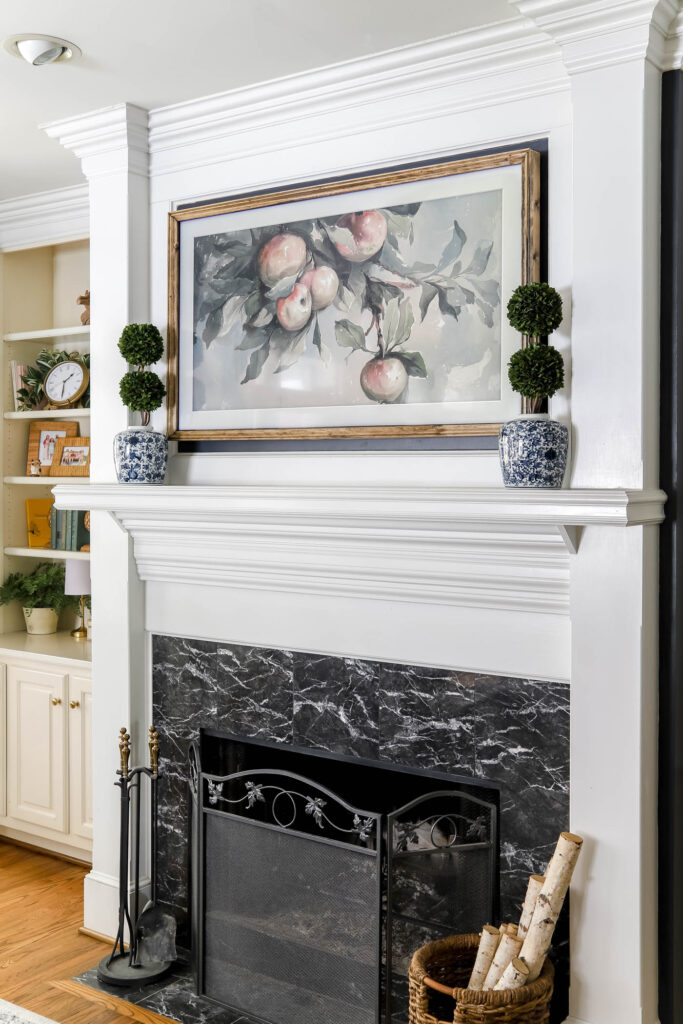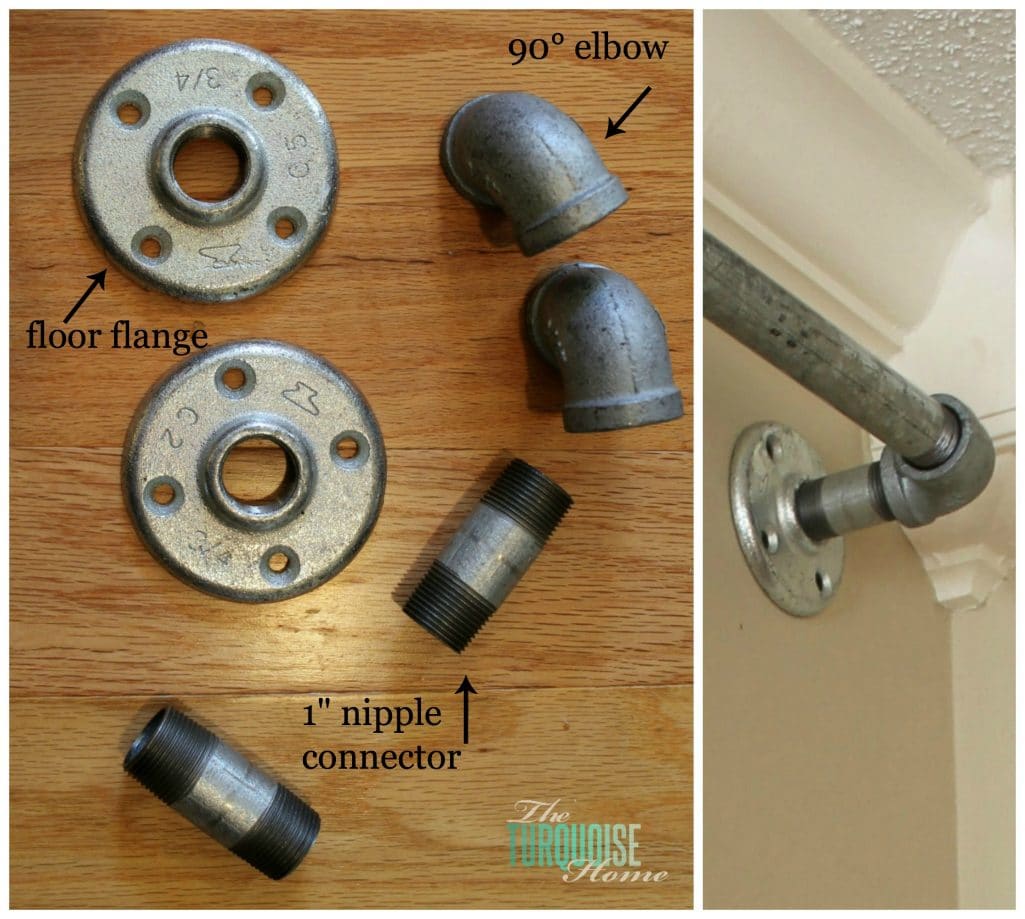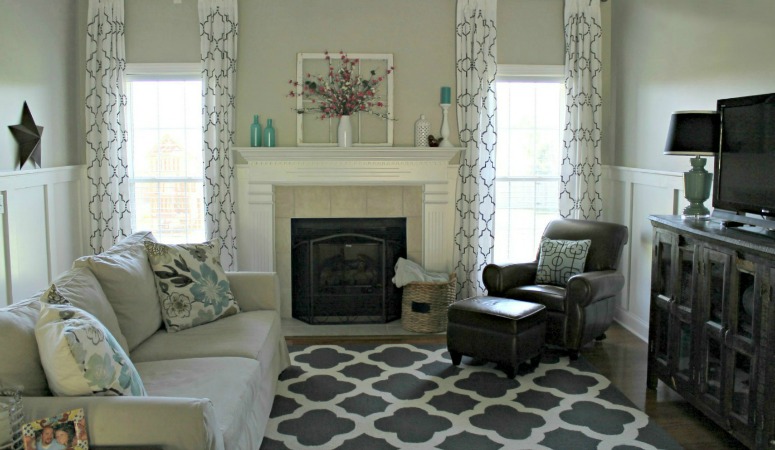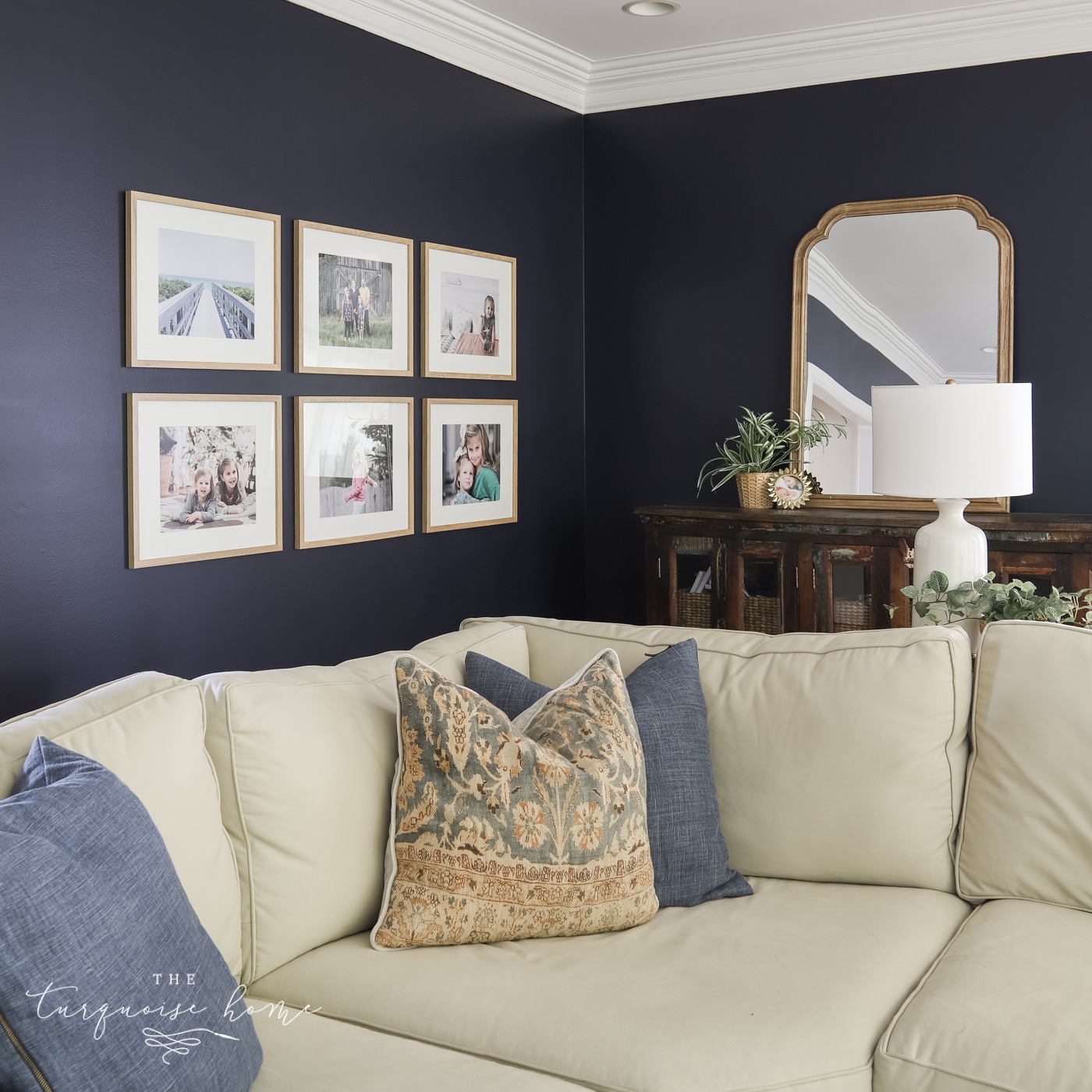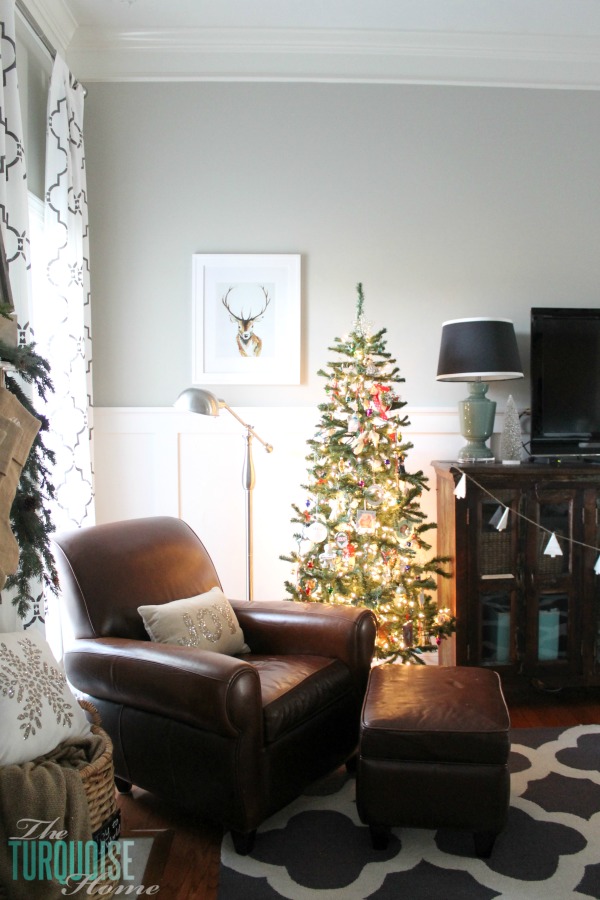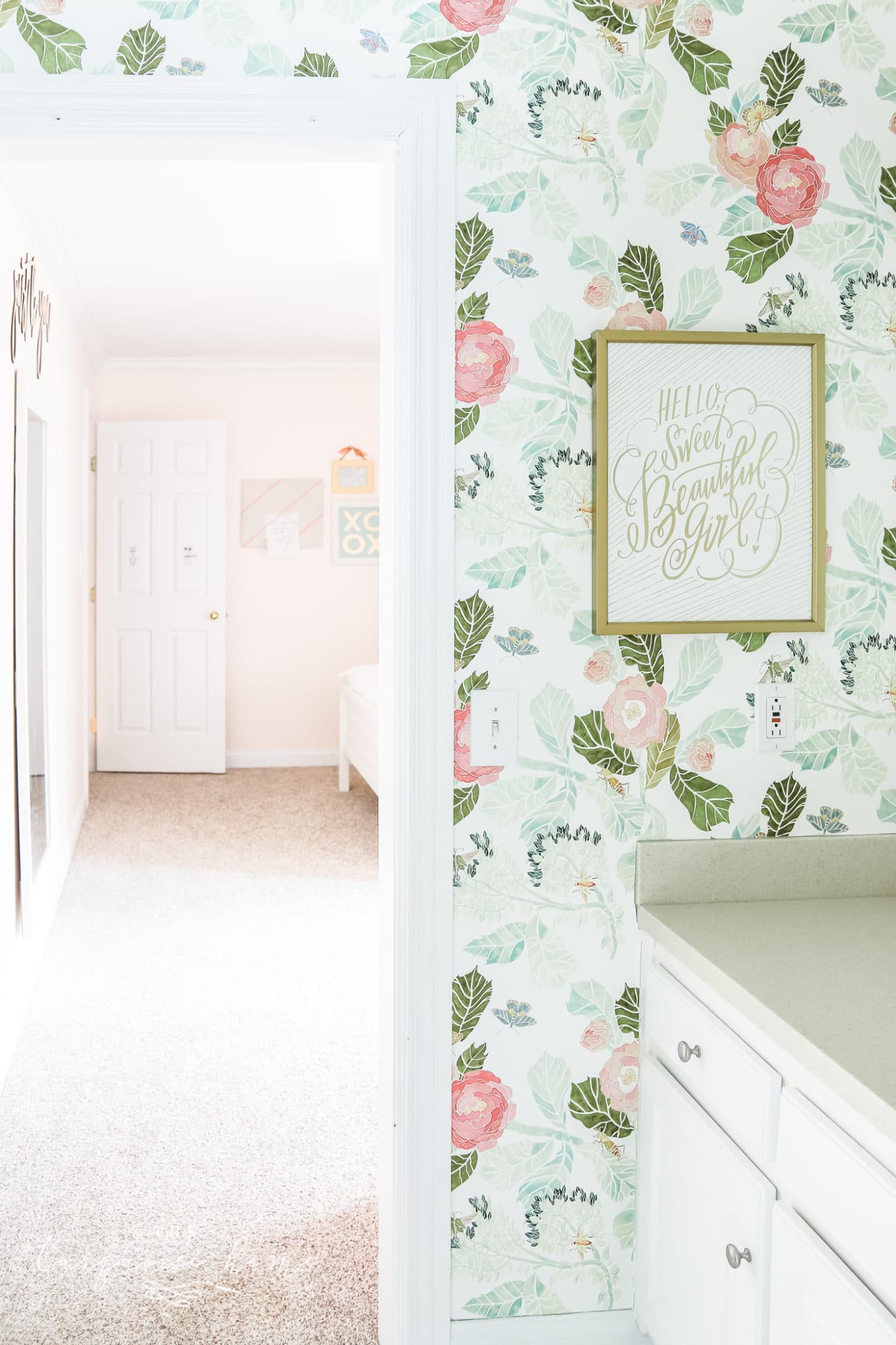How High To Mount A TV (Guidelines & Tips)
Do you know how high you should mount a TV? Use these tips to know how high to mount a TV while also delivering a good entertainment experience.
Do you remember the old box TVs? They used to be eyesores for anyone who wanted a chic-looking space because they always seemed to visually stick out like a sore thumb!
Then came the invention (and mass purchase) of flat-screen TVs. In addition to being sleek, more stylish, and less obtrusive, they can be mounted on a wall for ultimate entertainment viewing. And now we even have the Frame TV that displays art when it’s not in use.
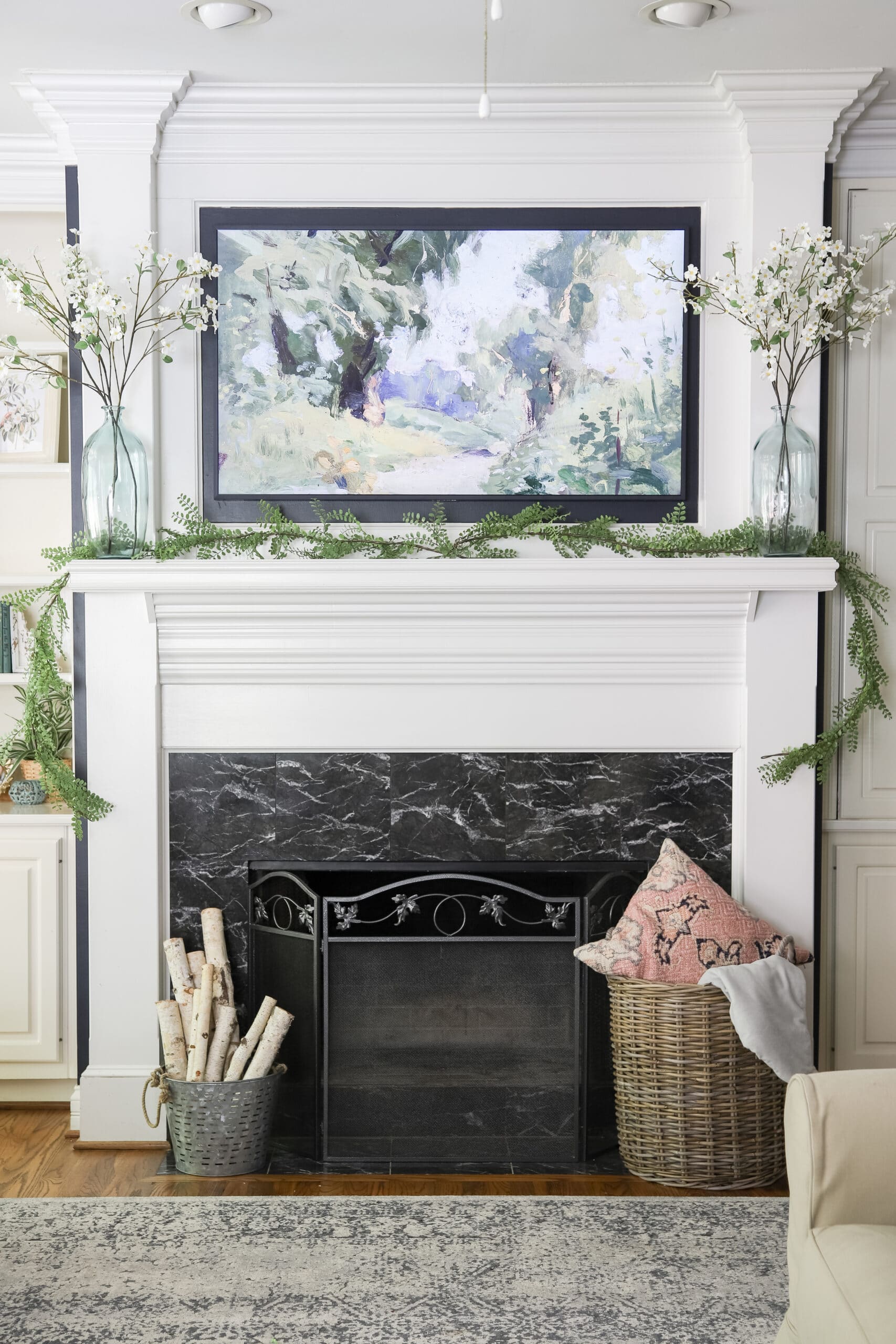
Suddenly, households could have one space that doubled for entertaining and relaxing while still looking chic.
However, it also created a challenge because there weren’t really any guidelines on where to put your television, particularly when it was mounted on a wall rather than on a console. If you are debating about how high to mount a TV, there are several factors to consider before you start drilling into your wall.
How high should you mount a TV?
If you’ve been asking yourself that very question, I’ve got everything you need to know!
Before you even think about pulling out the drill, it’s important to consider certain essential factors such as the room (size, layout, features), size of your TV, viewing angle, furniture placement, and the height of family members.
Here is my guide on how to factor in all of these elements to find that ideal height for maximum viewing pleasure.
1. Viewing angle
Mounting your TV too high can cause neck discomfort and be a huge pain (in the neck, ha!) to move and reposition.
Most home entertainment experts and TV manufacturers recommend mounting a TV at eye-level height (when reclining) for the most comfortable viewing experience.
Think about the position in which you and your family watch TV. Do you sit? Lie down? Stand up (ex: home gym or game room)?
If you mostly watch TV sitting in a chair, you don’t want to mount your TV too high because it will become uncomfortable quickly. On the other hand, if you usually watch TV while lying on the couch, the viewing height isn’t as important (or you may want it higher).
Pro Tip: You can use TV wall mounts that can turn and tilt to make viewing more comfortable from multiple locations and heights around the room!
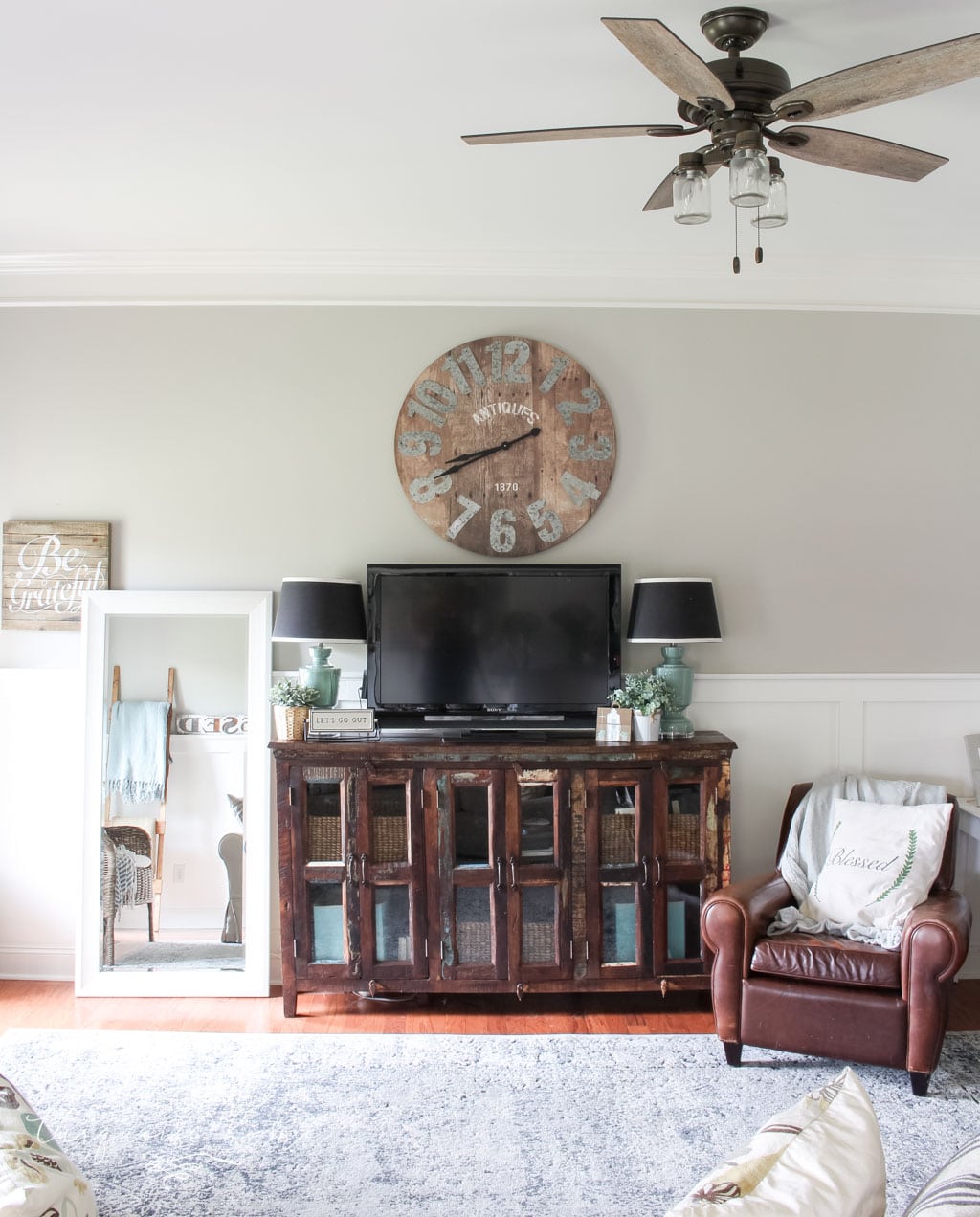
2. Size of the TV
TV models can range in size from about 32” to 65” and even larger. If you Google how high to mount a TV, you’ll find specific recommendations for hanging heights based on the TV size. Those measurements may work for some people, but they don’t work for everyone or every home.
People enjoy watching TV differently, so I prefer to keep it simple and flexible when determining how high to mount a TV.
Manufacturers recommend using the center of the screen as an easy reference point for determining an ideal hanging height. Since you want to watch the TV at eye level, figuring out the ideal viewing height simply becomes a matter of putting the center of the TV at a height that’s comfortable for each viewer.
What if each viewer is a different height? Don’t worry, that’s common in most families, and the easy solution is to take an average of the heights from the preferred watching position and use that number.
Then your ideal mounting height places the TV center at the average eye level (when measured from the floor).
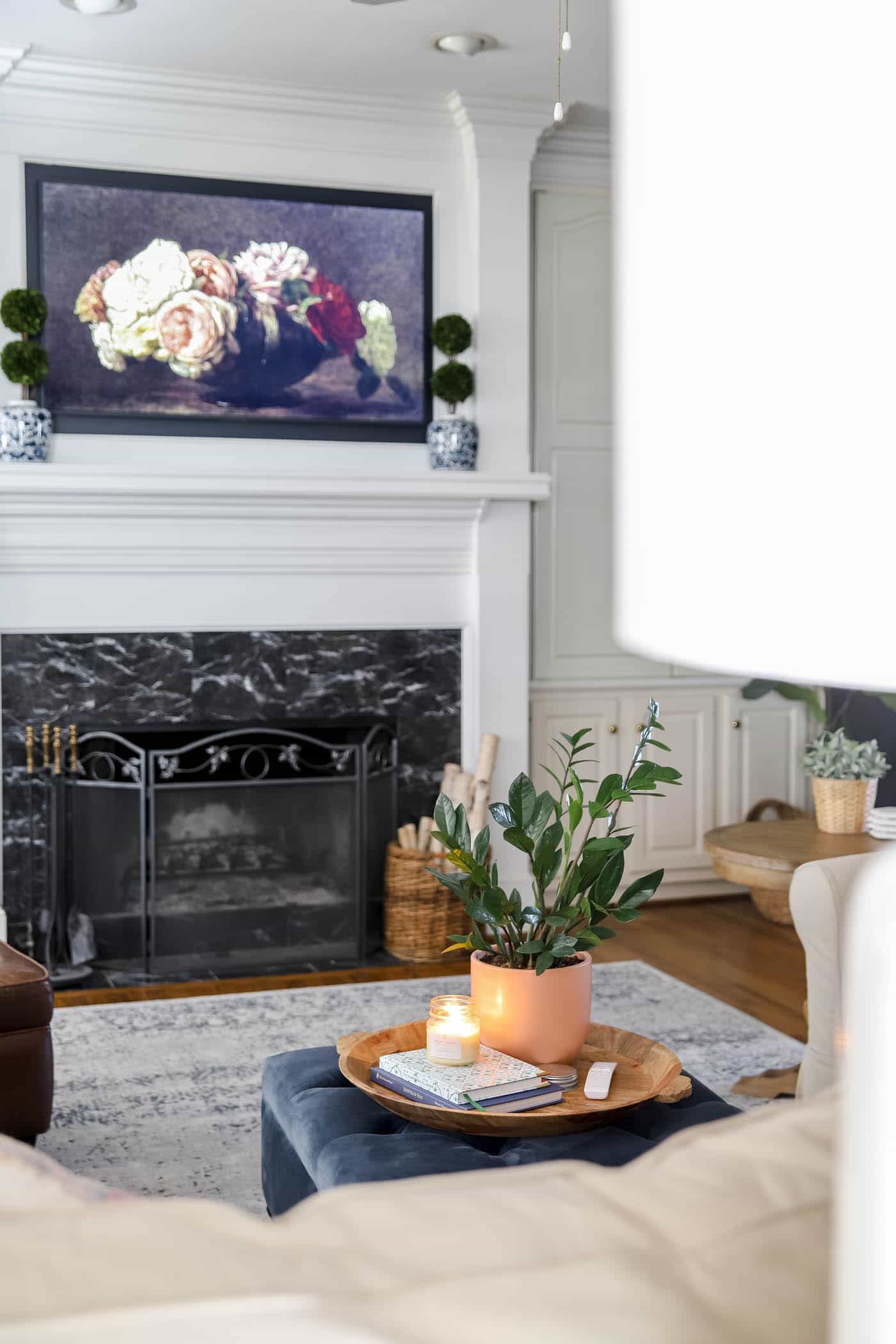
3. The room
Although a flat-screen TV can be an ideal addition to any room, it’s important to consider several things about the room before deciding how high to mount the TV.
For example, facing the TV toward a large window with western lighting could create a glare so strong it’s nearly impossible to see what’s on the screen at certain times of the day.
Think about these things:
- Size of your room
- The room’s layout
- Visual obstructions
- Features on the wall where you want to mount the TV
- Distance from the TV to the viewing area
- What direction the TV will be facing (ex: potential glare on the screen)
- Location of the electrical outlets
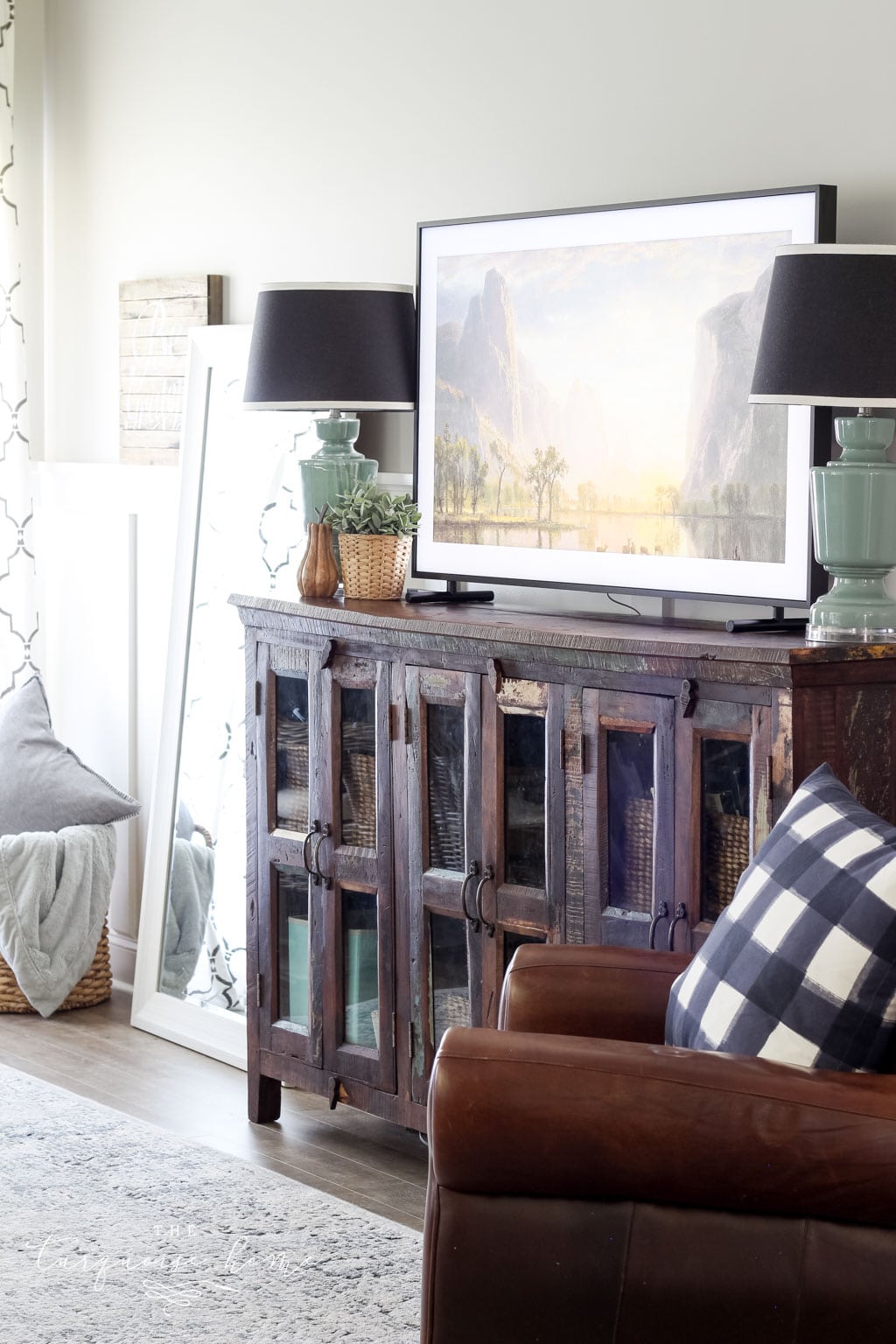
4. Viewing distance
Believe it or not, how far away you are from the screen plays a large part in where to mount your TV. Being too close to the screen can cause eyestrain and even headaches. On the other hand, a viewing distance that’s too far from the TV can make it difficult to see the screen well.
There is an ideal viewing distance: some experts recommend a simple formula of dividing the size of your TV in inches (ex: 55) by 0.55 to get your perfect viewing distance in inches. In this example, the answer would be 100 inches.
Or, you can use this handy TV Mounting Height Calculator to skip the math and take the guesswork out of deciding how high to mount a TV. It uses a slightly different formula for distance but also factors in other considerations, such as watching height.
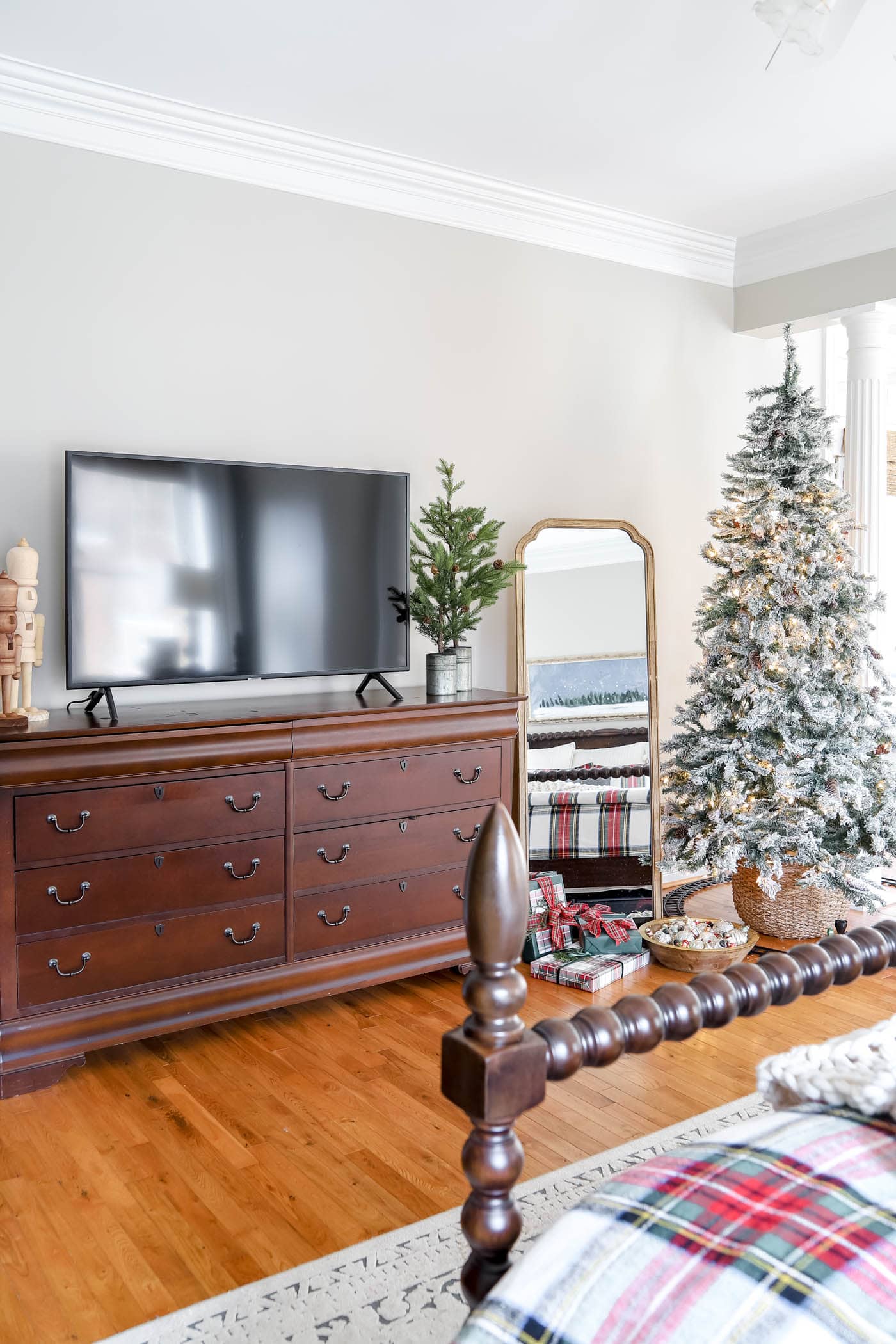
5. Layout
Finally, you’ll need to factor in the space that you have to work with. For example, you may not be able to mount your TV at the ideal height if there’s a structural element (fireplace mantel, built-ins, etc.) or a piece of furniture in the way.
If you run into issues like that, you can adjust the height or look at the room differently and consider mounting the TV on a different wall.
Our living room only had one place to display our Frame TV, which was above the fireplace mantel, between the two built-ins. This limited the television height dramatically. But because the sofa is far enough back from the TV, it’s not a strain to watch a movie or favorite show.
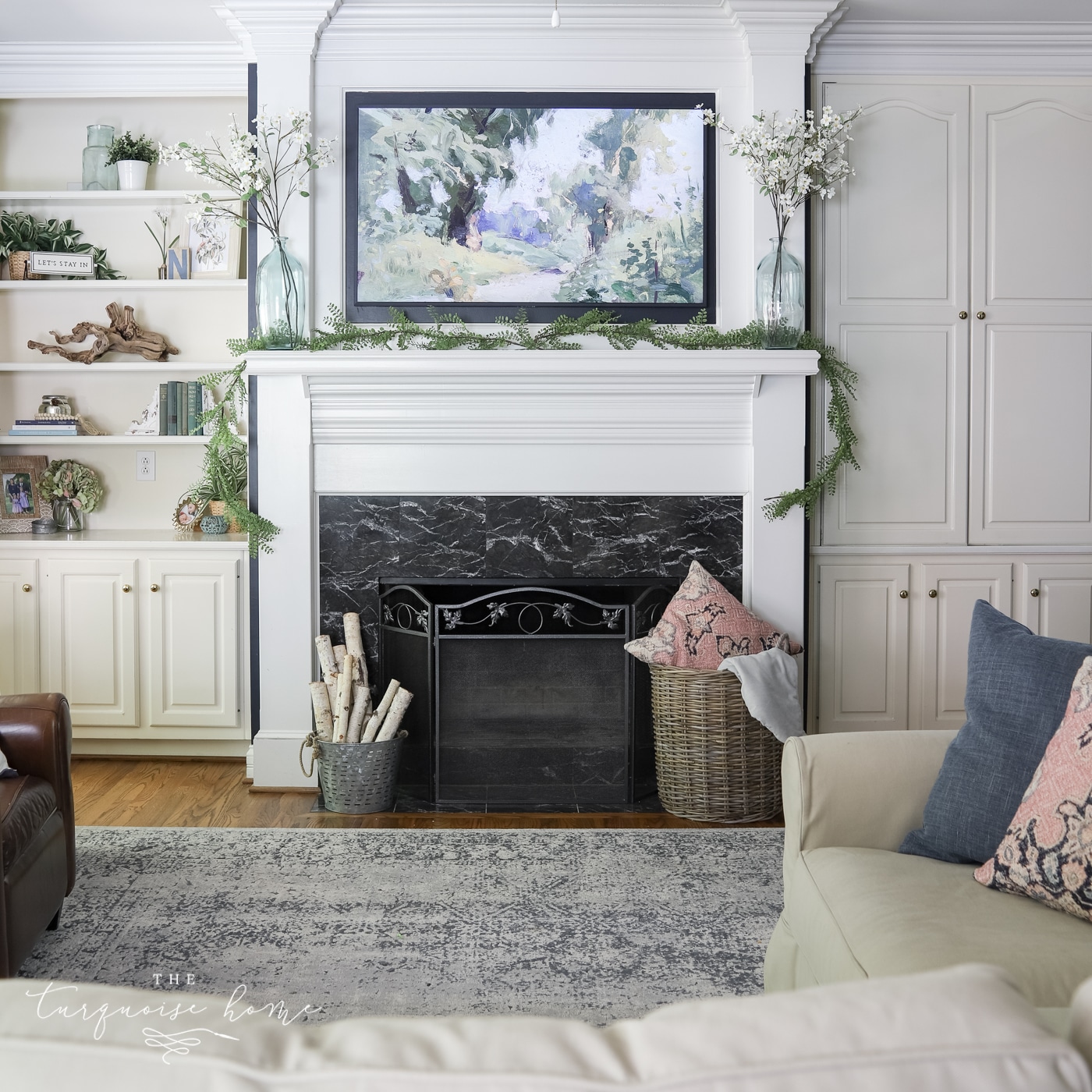
How high to mount a TV: Special considerations
Since everyone watches TV differently, there are a few special considerations to cover.
People who watch TV lying down
Whether you prefer to lie down on the couch or the floor or watch TV in bed, you’ll want to mount your TV a little higher to avoid neck strain and create a comfortable viewing experience.
The easiest way to find the best TV mounting height in this situation is to have someone lie down on the bed and have another person mark the preferred line of sight on the wall with a pencil. That spot is where you’ll want the center of the TV to be when you hang it.
Additionally, depending on the size of the bedroom and the way that you prefer to lie down, you may want to position the TV somewhere other than directly at the foot of the bed (ex: to the side). If you have a small room, this may help you reach a more optimal viewing distance.
Areas where viewers watch standing up
In rooms where you aren’t likely to sit and watch TV (ex: home gyms and gaming rooms), use a similar approach to find an ideal viewing height for standing. If you have height differences in the household (excluding young children), you may want to use a measurement that’s the average of the heights.
Mounting a TV above a mantle or fireplace
I resisted having a TV above our mantle for many years, but I finally gave in and have been glad I did. The new Frame TVs display a framed painting when the unit is turned off, so it looks like art on your wall instead of a TV.
When you hang a TV above a mantle, I recommend centering it over the mantle (vertically and horizontally). However, if you do need to adjust the height so that it’s comfortable to binge your favorite show, you can.
Note: Leave about 4-6 inches of clearance between the bottom of the TV and the mantle for decorating and to prevent creating a visual obstacle.
If you want to mount your TV above a fireplace, however, first check to make sure there are proper materials, insulation, and barriers around the fireplace to prevent heat-related damage to your device.
I also recommend mounting a TV above a fireplace so that the bottom of the unit is a little higher from the mantle (about 6-12 inches) to minimize the risk of heat damage.
We also customized the look of our TV by hiding the cord behind the wall and running into the cabinet next to it. This makes it looks seamless and like an actual piece of art!
Final thoughts on how high to mount a TV
Although eye-level viewing is the gold standard for deciding how high you should mount a TV, there are several other factors that can influence your final installation location, including the room’s layout and features and whether you plan to watch TV mostly lying down, standing, or sitting.
The biggest takeaway is to put some thought into what kind of viewing experience you want before you start drilling holes in your wall!
More Living Room Posts You Will Love:

